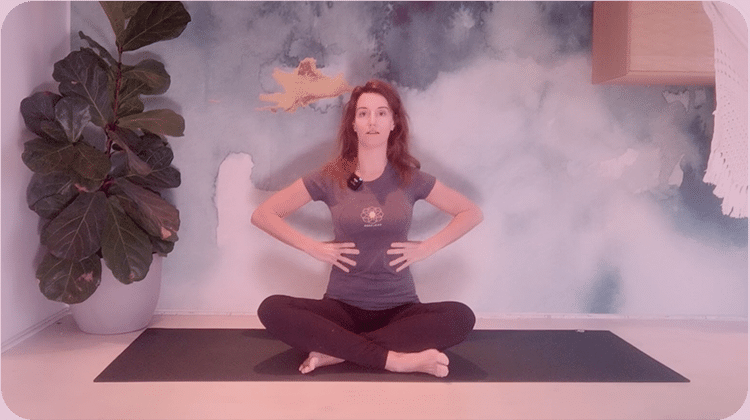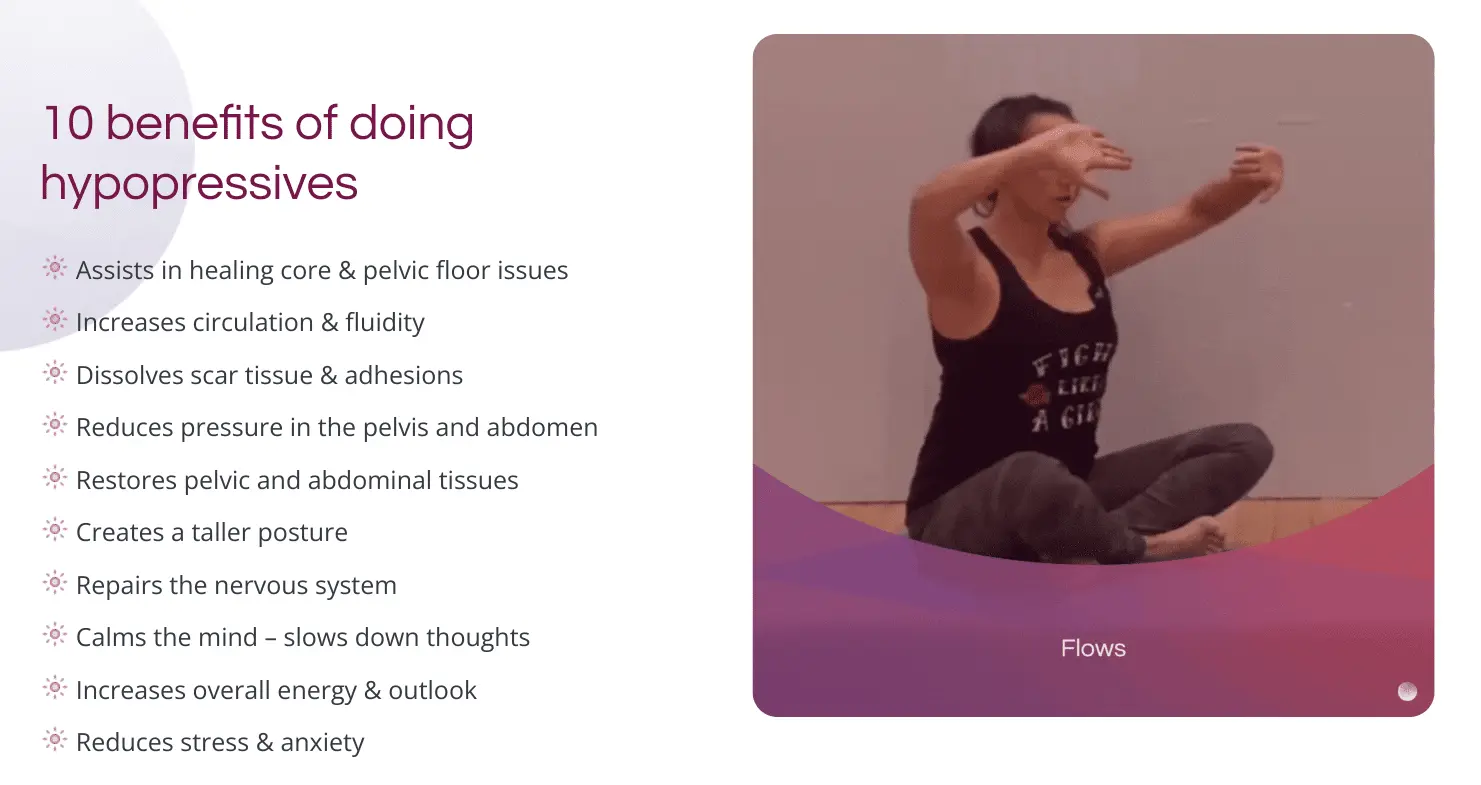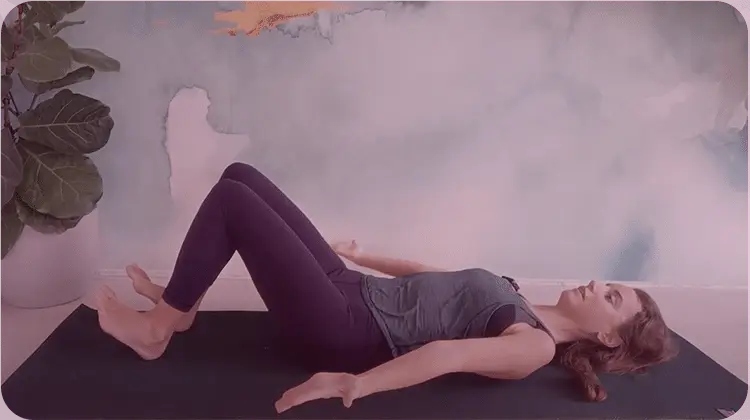Can Pelvic Floor Dysfunction Cause Tailbone Pain (Coccydynia)?
- June 15, 2022
- Pelvic Floor
Can Pelvic Floor Dysfunction Cause Tailbone Pain (Coccydynia)?

Did you know that you once had a tail?
Well, when you were about 5 to 6 weeks old in your mother’s womb you did. This is called a vestigial tail, the remnant of a structure found in embryonic life or ancestral forms. Fortunately, it dissolved in the 8th week, but some of it remained! What’s left is called a coccyx (a.k.a. tailbone) made up of three to five fused bones located at the base of your spine.
But the real question is: what’s it used for?
Your coccyx serves as the third leg of a tripod to balance your weight when you’re seated, and where some of your muscles, ligaments, and tendons are held in place.
Due to different factors, your coccyx could cause you pain—which is called Coccydynia. This is what we’re going to talk about in this blog and how it relates to pelvic floor dysfunction
Good news: we will also discuss natural ways to erase this pain without the risk of going under the surgical knife!
Coccydynia Terminology
The term Coccydinia comes from two words “coccyx” (named after a cuckoo’s beak because of its similarity in shape) and “dynia” (pain) which would literally mean the “pain of the coccyx”.
Coccydynia is commonly referred to as:
• Coccyalgia
• Coccygodynia
• Coccyx pain
• Coccygeal pain
• Tailbone pain
Coccydynia (Tailbone Pain) Symptoms
Coccydynia can occur in a consistent manner, irregular basis, or triggered by an action depending on its severity.
This may include:
• Tenderness or piercing pain in the tailbone area.
• Pain when sitting or leaning backwards especially when the surface has no cushion.
• Severe pain when sitting for long periods.
• Difficulty moving from sitting to standing position or vice-versa.
• Heightened pain during bowel movement or sexual intercourse.
In worse cases, the pain can become debilitating and may also contribute to the development of other symptoms like depression, anxiety, poor sleep, back pain, and pain in your buttocks.
What Causes Tailbone Pain?
Coccydynia is typically caused by either hypermobility (too much movement) or limited mobility of the coccyx. These factors may result in an injury to the tailbone or may progress as idiopathic (from an unknown cause).
Other Possible Causes of Coccydynia
Upon your diagnosis, your doctor may identify any or a combination of these factors as an underlying cause of your pain:
• Internal and external trauma (direct injury to the coccyx)
• Repeated or prolonged pressure on the tailbone
• Sitting on hard surfaces for long periods
• Repetitive stress
• Childbirth
• Tumor or Infection
• Pelvic floor dysfunction
• Referred coccyx pain
• Pelvic floor spasm
The most familiar contributing factors to coccydynia are:
1. Gender – compared to men, women are more vulnerable by 5% due to a wider pelvic angle and because of childbirth.
2. Obesity – a Body Mass Index (BMI) of more than 27.4 in women and 29.4 in men can make you more vulnerable to coccydynia.
3. Age – adolescents and adults are more prone to coccydynia than children.
Other risk factors includes:
• Prior pelvic surgery or in any area of the tailbone
• Pregnancy and vaginal birth
• History of a fall (direct blows) on your coccyx
• Contact sports that put pressure on coccyx
Doctors May Recommend their
patients with coccydynia to see
a pelvic floor therapist

However, there are 3 things you should consider before seeing one:
1. His or her specialty and experience in handling coccydynia or other pelvic floor issues
2. Complementary methods he/she can provide to assist you with quicker recovery
3. The therapist’s level of care, compassion, and understanding of your individual needs
If you have any doubts about taking this route, consider an individualized program that’s tailor-made just for you, called the Pelvic Floor Dysfunction Program. It connects you with world-class teachers that have specialized knowledge and experience healing your condition.
What We Offer:
• Virtual one-on-one coaching to get personalized answers to your questions
• Access to 40+ methods related to improving women’s pelvic floor and reproductive health
• Pre-recorded videos with step-by-step instructions that require only 10 to 15 minutes a day of your time
• A supportive community of women in the same shoes as you, cheering you on so you can achieve the best results possible
How is Tailbone Pain connected to the Pelvic Floor, anyway?
Because the pelvic floor and tailbone are so close together, it’s only natural that they affect one another. The way to understand this is by treating all parts of your body as interconnected rather than separate entities.
Just like no man is an island, no organ of your body is completely independent, too!
For example, although falling directly affects your coccyx because it serves as a shock absorber, it may have actually compromised the integrity of your pelvic floor as well. The same is true with childbirth, and other risk factors we have talked about.
That is why we are advocates of holistic healing—an approach that addresses the root cause of the issue to achieve long-lasting results, rather than taking the narrow approach of addressing only the symptoms.
How Do You Treat & Prevent Tailbone Pain, Naturally
It generally takes a combination of methods and treatments to alleviate tailbone pain.
This is why surgery is not a one-size-fits-all solution and is better viewed as a last resort. As we mentioned earlier, a prior operation could be one of the causes of your tailbone pain in the first place!
You may have heard Kegels can address pelvic floor issues, and perhaps even address a painful coccyx, but the ugly truth is that Kegels can make things worse.
If you’re curious to know why this is:
In the meantime, you can take these natural steps to relieve coccydynia:
1. Maintain a Good Posture
Not only do you look and feel better with good posture, but it will also do your coccyx some good. If you often forget that you’re already slouching or leaning backwards, you can benefit from Block Therapy.
One way to use this method is to place and keep 2-3 books in between your legs while you’re sitting to maintain the right posture. Then, you can aid it with Myofascial Release (deep tissue massage) which applies pressure on target areas of the fascia that surround your muscles and bones so you can move more freely.
2. Stretch Your Hips
Regularly doing strength exercise and Yoga designed specifically for Pelvic Organ Prolapse (POP) is also beneficial for tailbone pain and overall pelvic floor dysfunction (PFD).
Suspecting that you may have POP? Try this assessment.
3. Take it slow
Your pelvis needs relaxation as much as it needs to work, especially if it’s already tensed or overworked. Hypopressives, deep breathing, staying calm, and doing some relaxing stretches will help not just your coccyx but your entire body too. The key here is execution and pacing. To do this, you would need an expert to guide you with the proper techniques.
4. Hot and Cold Compress
Alternately, you could use either hot and cold compress especially if your tailbone area feels sore. Just remember to place it on a cloth or some extra layer of protection before you press it on your skin for 10-15 minutes.
5. Seek Help from a Pelvic Floor Physical Therapist
This is a hack: if you want to see results faster, seek guidance from a specialist—someone who will not only teach but also check on you throughout your healing journey.
In addition to the exercises from a specialist, you could also:
• Spend less time sitting
• Maintain a healthy diet
• Drink enough water
• Use cushioned seats
• Massage the painful area
Sit back (Comfortably) & enjoy
Premium Courses on Pelvic Floor
Health here from MoonRise!
Whether it be tailbone pain or other pelvic floor dysfunctions, we’ve got you covered!
As women, we’ve dealt with different health issues and unexplainable symptoms, causing us to suffer in silence for a long time. This is why we are so determined to make women feel understood, supported, and healed once and for all.
You’re always welcome at MoonRise!
We won’t tell you to live with it or get used to it, NO, we will hold your hand (virtually), understand and empathize with the condition/s you’re facing and build the best possible solution for you.
We’re with you all the way!
Blog posts you might like:
Blog posts you might like:






